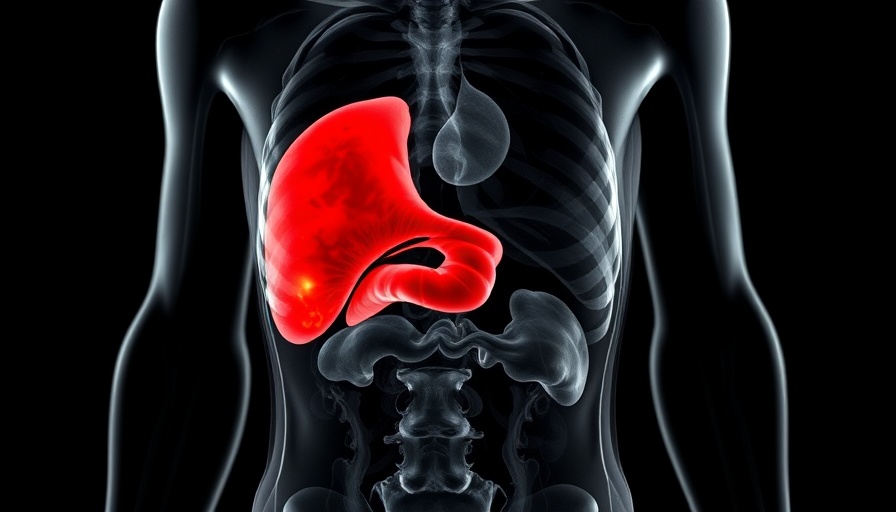
Unveiling the Hidden Danger: Why Visceral Fat Matters
The research suggests that the type of fat we carry can heavily influence our heart's health. This hidden menace, known as visceral fat, lurks around our organs, especially in the belly area, and has been directly linked to hastened heart aging. The recent study conducted by scientists from the UK highlights how this invisible fat can lead to harmful inflammation and stiffness in heart tissues, a significant contributor to cardiovascular diseases.
The Apple vs. Pear Shape: A Gender Perspective
Interestingly, the distribution of fat in our bodies appears to have different implications based on gender. Men tend to store fat in the abdominal area, which researchers found is associated with a quicker aging process for the heart. In contrast, women with more fat around their hips—a “pear-shaped” body—demonstrated a protective effect against heart aging. This insight emphasizes the necessity to balance body composition with overall health strategies.
Kicking the Invisibility Cloak Off Visceral Fat
Despite being often unseen, visceral fat can be prevalent, even among those who appear to have healthy body weight. The presence of visceral fat is a significant risk factor for a range of diseases, including heart disease, diabetes, and more. Unlike subcutaneous fat, visceral fat is more dangerous due to its location, and it tends to increase inflammation and insulin resistance. To tackle this issue, individuals should focus on incorporating more physical activities into their daily lives.
Getting to the Heart of the Matter
The groundbreaking findings from the UK Biobank utilized advanced AI imaging techniques to evaluate the extent of visceral fat and its correlation with heart aging. This personalized approach involved more than 21,000 participants and provided them with a 'heart age,' a revolutionary standpoint in recognizing cardiovascular health risks that might go unnoticed through traditional body mass index (BMI) assessments.
Practical Steps Towards a Healthier Heart
While it's essential to understand that body weight alone is not a definitive marker for heart health, knowing how and where one stores fat is crucial. To effectively reduce visceral fat, engaging in regular exercise—ranging from high-intensity interval training (HIIT) to consistent aerobic workouts—can be most effective. Studies suggest that exercise not only aids in reducing insulin resistance but also promotes healthier fat distribution.
Nutrition: What You Eat Matters
Alongside exercise, adopting a well-balanced diet is essential for managing visceral fat. Ideal dietary practices include reducing processed foods, increasing fiber intake, and maintaining hydration. While the exact approach may differ between individuals, the underlying principle remains the same: consume wholesome foods that nourish your body.
Taking Action: What Does This Mean For You?
As the research continues to unfold, it is clear: visceral fat poses a significant risk to our heart health, and understanding its implications is integral for adopting preventive measures. Whether you’re hitting the gym regularly or need more motivation, the key takeaway is to prioritize your health not just individually, but as part of a community seeking longevity and wellness.
In light of this vital information, it’s a great time to reflect on your lifestyle choices. Are you engaging in both regular exercise and mindful eating? Armed with these insights, consider taking proactive steps for a healthier future. Remember, knowledge can help prevent health problems down the road!
 Add Row
Add Row  Add
Add 




Write A Comment